Understanding Bundle Optical Fiber Patch Cords
Optical fiber technology has revolutionized the way we transmit data, and at the core of this technology lies the bundle optical fiber patch cord. This essential component serves as a conduit for high-speed data transmission in various network environments.
Types and Configurations
The versatility of optical fiber patch cords is evident in their various types and configurations. Users can select from single-mode to multimode options, each designed to cater to specific transmission distances and bandwidth requirements. The configuration of these cords may include simplex, duplex, or higher bundle counts, tailored to the complexity and scale of the network infrastructure.
Applications and Utility
Fiber patch cords are integral to telecommunications, data centers, and local area networks. Their application extends to structured cabling systems, storage area networks, and high-density interconnects. The adaptability of these cords to different connectors and interfaces makes them a staple in diverse networking setups.
Material and Construction Features
The construction of a fiber optic patch cord involves precision and high-quality materials. Typically, these cords comprise a durable jacket with a protective layer surrounding the delicate optical fibers. The materials used are chosen for their ability to withstand environmental stressors while maintaining the integrity of the signal transmission.
Advantages of Using Quality Patch Cords
Employing a fiber optic bundle patch cord in a network setup brings numerous advantages. These cords are known for their low attenuation and interference, ensuring a reliable connection. Additionally, their flexibility and scalability make them an excellent choice for evolving network architectures.
Selection Criteria for Patch Cords
When choosing a bundle optical fiber patch cord, factors such as bandwidth, transmission distance, and environmental conditions should be considered. It is crucial to match the cord specifications with the network's requirements to ensure optimal performance.


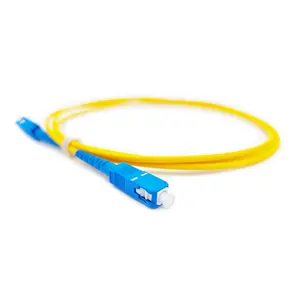

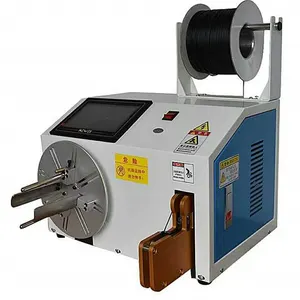





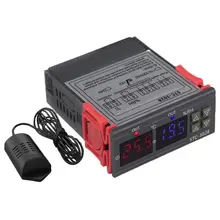
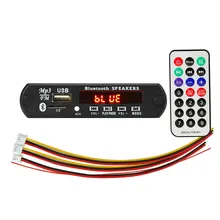


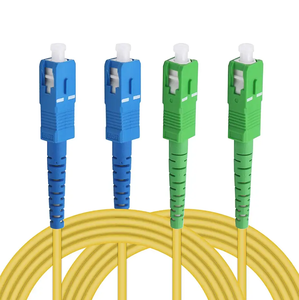
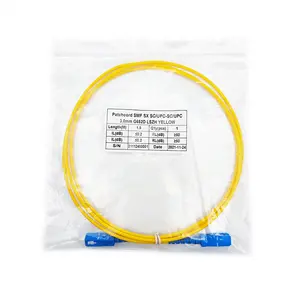

























 浙公网安备 33010002000092号
浙公网安备 33010002000092号 浙B2-20120091-4
浙B2-20120091-4